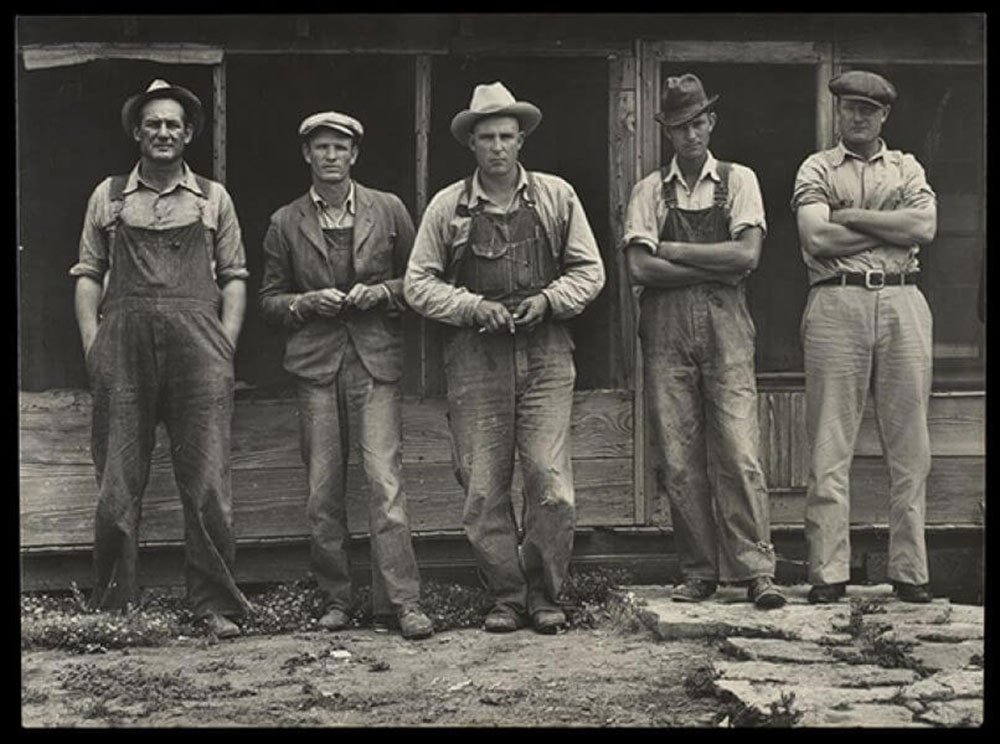Have a question?
“I was coming to realize that the real magician was light itself…”
– Edward Steichen
In early December the bookstore already glowed in the splendor and scent of Christmas. The town’s holiday ramblers streamed in at four o’clock and received their purchases wrapped with snow-ball ribbon, nautical twine or thick red grosgrain. Nat King Cole and Frank Sinatra crooned the classics while outside the wood burned and crackled in the outdoor fireplace, mixing smoke with the fresh salt air. She had come alone – a fact made more obvious because the store had filled up with groups. She wasn’t awkward but perhaps oblivious to the general and growing boisterous mood buoyed by the feeling of thinking of others. Healthy, bobbed blond hair was in the process of turning white and because it was a mild evening, she wore only a colorful tunic serape paired with a long silver necklace. She was the type of person, it appeared, to be at home in bookstores.
After browsing the shelves, she sat down on the long couch and sighed. Suddenly however a force propelled her forward as if though she had been struck by a motivation much larger than her own mind could have set itself to. Determinedly she pulled the heavy book out from between the others and sat back down with it. There, as most experts who peruse coffee table books are wont to do, she started at the end and allowed the thick, heavy pages to fall and flutter. A slender hand stopped at the page that called her by name. That is, after all, the purpose of these massive, large literary works that can weigh, depending on the quality of the paper, upwards of five lbs. They are picture books for adults with their hidden gems that will beckon specifically to you to introspect, imagine or daydream.

With a new found strength, she then lifted herself up from the couch and headed to the counter. The book in her arms was a curation of photographs by the great American photographer himself, Edward Steichen. It was to be a gift for her husband who had died recently. The new light in vast and deep blue eyes revealed that this gesture could take her through the first Christmas without him.
“He would absolutely love this book,” she said with the unmistakable use of the conditional tense. Isn’t this the crux of grief itself? The deceased sometime live deeper inside you after they are gone. This catalogue raisonne was of an important exhibition of black and white photographs about our country’s history during the Great Depression. It featured some of America’s most enduring and indelible photographers, launching their careers. Perhaps a lesser observer or someone not versed in this kind of humanity would call the book “depressing” because its subjects – victims of hunger, ignorance, loss and nature’s cruelty (namely the dust storms of that era out West) –demonstrated a poignancy and hope for the human spirit overcoming adversity. These people were being photographed in a time and place when this action itself must have signified something momentous.
Or, perhaps, like her, many of Steichen’s subjects had the fierce look and strength of someone with nothing else to lose.
About the Book: The Bitter Years was the title of a seminal exhibition held in 1962 at The Museum of Modern Art, New York, curated by Edward Steichen. The show featured 209 images by photographers who worked under the aegis of the U.S. Farm Security Administration (FSA) in 1935–41, as part of Roosevelt’s New Deal. The FSA, set up to combat rural poverty during the Great Depression, included an ambitious photography project that launched many photographic careers, most notably those of Walker Evans and Dorothea Lange. This volume includes all the photographs in the original show, in a structure and sequence that reflect those devised by Steichen for the exhibition.
The Bitter Years was the last exhibition curated by Steichen as Director of the Department of Photography at MoMA; in which role he had won international acclaim for The Family of Man exhibition.
Essays by Jean Back, Gabriel Bauret, Ariane Pollet, Miles Orvell and Antoinette Lorang discuss the FSA, its place in the history of twentieth-century photography.
The Bitter Years celebrates some of the most iconic photographs of the twentieth century, and–since no proper catalogue was produced at the time–provides a whole new insight into Steichen’s impact on the history of documentary photography.
Please add your thoughts to this story here
1 thought on “A Gift – The Thoughtful Gift this December”
Comments are closed.
I just want to let you know I love your blog. I only recently became aware of the bookstore. I definitely will be stopping in soon!